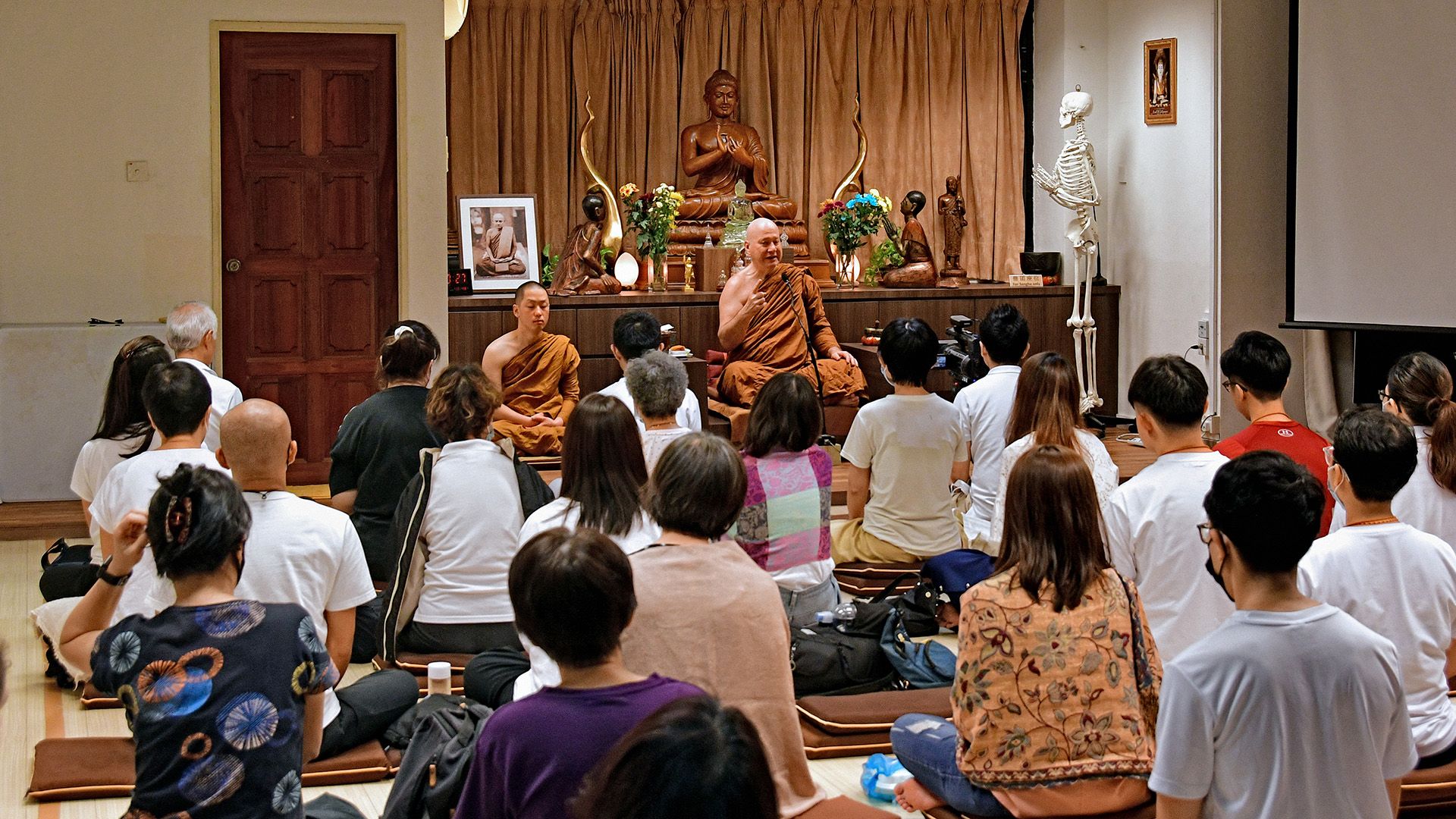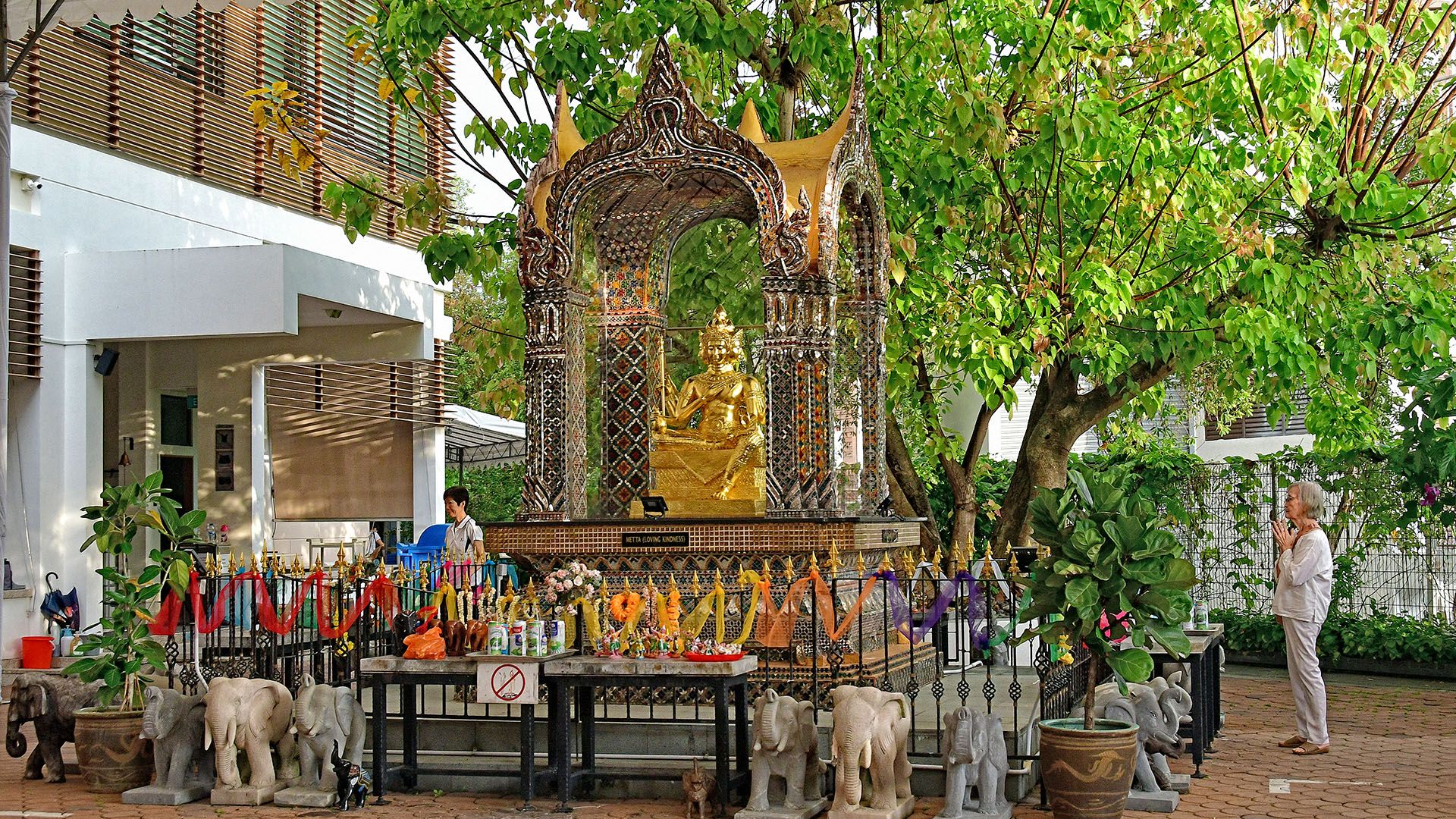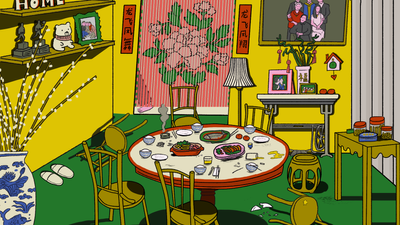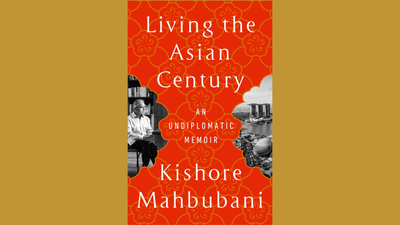1. Paya Lebar
The story of how my mind changed begins in 2021. Almost 30, I was bummed to still be living with my parents but too prudent to rent a room of my own. I was anxious to make meaning out of my life, but unsure who I wanted to be except in relation to someone else. I had fixed ideas about love, duty and reasonable behaviour, which were frequently deflated.
It was the middle of the pandemic, when many were most vulnerable to the blues, and I was open to mellow pursuits that could help time go by more quickly. One day, recalling an earlier conversation I’d had with a friend, I asked her where I could go for free group meditation classes. Just like that, I fell into a routine.
Every Wednesday, I would take the elevator up to the sixth floor of the Ace Building in industrial Paya Lebar—church goers get off on level five—and sit for the good part of an hour in the Dharma Drum meditation hall until the bell rang.
There was nothing obviously special about the place, but I found that I liked being around women who speak softly and smile with crinkles lining their eyes.
At the end of my second class, I was wiping down someone’s mat when a lady leaned in gently and smiled: “Thank you.” She took me by surprise, and it felt like stepping into evening sunshine after a long day indoors.
It made me realise how fulfilling it can be to just slow down once in a while to make an offering to others of one’s warmth and serenity. To put them at ease. So I followed the sign.
As part of the routine at Dharma Drum, we would also dedicate our practice. My Mandarin was never any good, so I just mouthed the words they flashed on the screen without knowing what they meant. I later discovered that I had been vowing to help all sentient beings attain enlightenment (“众生无边誓愿度”).
How to keep this promise? I panicked. Then I relaxed. A key teaching in Buddhism is that all birth is rebirth. We have been and will be here for longer than we know. I have all the time in the world to keep my vows. But I was also curious to know more about this different way of moving through time.
2. Geylang
Chinese New Year, 2022. I was restless for an excursion. I’d recently heard of the Buddhist Library, situated in a Geylang shophouse. Being alone inside the walls of books made me feel spacious and at home.
Although Geylang tends to evoke vice and not virtue, more religious communities are clustered there than anywhere else in Singapore. This is partly by design. In 1992, some 50 hectares of the neighbourhood were rezoned so that clan associations, political parties and other civic and cultural groups could benefit from the lower rents. Vegetarian joints and Buddhist general merchandise stores flourished alongside each other. Many know Geylang as a garden of earthly delights. Few know it’s also Singapore’s enlightenment hub.
As the days of the new year passed, I kept going back to the Buddhist Library for my dose of old world wisdom. Travellers’ tales of India and Tibet, essays by Chinese and Japanese Zen practitioners, biographies of Thai forest monks, and rare gems like Ian Stevenson’s meticulous case reports of children who can remember their past lives.
All three major Buddhist traditions—Theravāda, Mahāyāna and Vajrayāna—coexist on the shelves of the library and in the streets outside. (Some 31 percent of Singaporeans identify as Buddhist, a plurality; and over 18 percent as Christian, the next biggest group.) Each recognises the same truths about the harmful nature of the worldly life. Where they differ is in the practice of various paths to liberation. The Theravāda path, the “way of the elders”, is the oldest of the three. It is focused on the teachings of the historical Buddha in India, and has spread southeast to thrive in Thailand, Sri Lanka and Myanmar.
Mahāyāna, the “great vehicle”, is the path followed by the majority of Buddhists in East Asia and Singapore. They recognise a larger pantheon of buddhas and bodhisattvas who can be called on for support. Tibetan Buddhism is a form of Vajrayāna, the “diamond vehicle”, which evolved from Mahāyāna and absorbed practices from ancient Indian tantric texts.

Two streets east of the Buddhist Library is a building where visiting monks are often invited to give public talks. One evening, at the end of the Hungry Ghost Festival, a Buddhist abbot was no more than 10 minutes into his discourse on mindfulness when a roar rose up from three floors below. “HUAT ah! HUAT ah! HUAT ah,” senior citizens yowled, reaching across their banquet tables and stabbing with their chopsticks.
“Everything changes,” the abbot said, pausing to observe this feature of reality. By the end of his talk, the party was in full swing. Karaoke rattled the doors of our elevator when it opened onto the first floor courtyard. A trembling old man was belting out in Hokkien: “Wa meng ti, wa meng ti…” (“I ask the heavens, I ask the heavens…”)
In the park behind, a bonfire was leaping two storeys high at least, as other folks burnt offerings to the departed inside a circle of red candles. In Buddhism, simplicity and wisdom is encouraged. Burning of “hell money”—a Chinese folk custom—is unnecessary because what is burnt here cannot materialise anywhere else. It only turns to ash.
Yet here we all were, in the riot of contrasts called Geylang—creatures of different minds crammed into one corner block by the invisible hand of the free market to act out our own conditioning, side by side. Not every scene however dissolves easily in laughter. Worldly amusements are often brittle, like the pair of caged toucans in the beer garden of Happy Seafood Village where the house special is a flaming volcano chicken.
The world is a hot mess. But we already knew that. Buddhist practice is about relating to your environment skilfully, without getting caught up in notions of right and wrong. Without losing balance. Did you know that perfectly enlightened beings cannot feel anger? A thought occurred to me as I left the Buddhist Library one night—even if I go nowhere in my meditation, I must try to be the place where ill will ends.
3. Simpang Bedok
Having been raised Catholic, I was surprised to learn that Buddhists are not required to visit temples for worship. If however, a visit is paid, intention and clarity of purpose is more important than blind piety.
In both the Mahāyāna and Theravāda traditions, dāna (generosity in Pali) is the first in the list of pāramī (perfections) that beginners are taught to cultivate. You can’t learn to meditate without first learning how to let go. And how can you let go if you don’t learn how to give? This was the premise for my first visit to Palelai, a Theravāda temple on top of a hill in Simpang Bedok. I offered Yakult to the monks and made a mental note to arrive earlier next time, to give my mind time to really settle into the giving, instead of worrying about being late.
Afterwards, I stood in the shade of a bodhi tree as my friend, Kweh Soon Han, told me the story behind the four-faced brahmā statue that gleamed golden in the sun. Brahmās, I learnt, dwell in a subtle realm hidden from the sensual plane. Some call them gods. The four faces reflect the fact that a brahmā’s mind knows only four sublime states: loving-kindness, compassion, sympathetic joy and equanimity. Brahmās are incapable of evil.

The most famous brahmā is Sahampati, who in a past life was friends with the man who would become Buddha, when they were both training as monks. After this man got enlightened, he very nearly stayed a silent Buddha, for he perceived that the path was too difficult to teach. Luckily, Sahampati knew the Buddha’s mind. On bended knee, he invited Buddha to teach the Dhamma, out of compassion. “So,” Mr Kweh finished, “you can say, ‘Thank god for Buddhism.’”
Mr Kweh often worried about Buddhism losing ground with younger Singaporeans, so he took care to be my guide. Indeed, Buddhism in Singapore is so entwined with folkways and superstition that its essence is easily hidden from view. The nontheistic Buddhist worldview syncretised famously well with other Asian religions, so confusion may also arise when images of Guan Yin—the bodhisattva of Chinese Buddhist cosmology who hears the cries of the world (“观世音”)—are spotted alongside those of Confucius and Taoist deities in Taoist temples and shrines. Finally, it doesn’t help that those Buddhists who have had a glimpse of nirvana tend to be low-key, preferring solitude.
I used to attend a Friday night meditation class at Palelai where I was one of just three students. But we spoke freely with Bhante Varañāṇo, a teacher who answered all our questions skilfully, and it felt like everyone was there for the right reasons. The challenge for many temples here is how to create an environment conducive to meditators in a place like Singapore, where the grating details of urban living are always just round the corner.
During a recent retreat at Palelai, an elderly monk was leading us in qigong outdoors. Perhaps 80 of us, young and old, were hanging loose and opening our meridians when a mechanical hum closed in and thick chemical clouds descended from the narrow drain that separates the Palelai garden from the houses above. We were all fogged, together with the mosquitoes.
On the whole though, Singapore is not a bad place to practise. When many are gathered with the right intentions, the quality of light that defines Palelai can swell into something quite palpable. Like on nights when public talks are held in the semi-outdoors, and everyone sits silently in rows on the long reed mats, listening. Really. Listening.
4. Into the Mettāverse
I used to tell people that I started meditating as a way to deal with the pandemic’s restrictions: “You can’t travel outward, but you can travel inward.” Now, post pandemic, I’ve come to enjoy spending entire weekends at home, just sitting and reading, toggling between interoception and introspection.
I’m not a skilful meditator, so I get stuck in my practice every now and then. When that happens, I try to use the flavours of different emotions to compose or energise my mind as I go along. Sadness is particularly useful. When you are desperately sad, the urge to be emptied of yourself should arise like a reflex. Misery is more humbling than joy in this way. But once the doors of perception have been opened a crack, it is laughter and gratitude that have the power to change your mind.
At least, that’s what I experienced. I was sitting alone one day when my mind drifted to a funny moment from earlier that morning. I laughed at the memory and felt gratefulness welling up in me, and tears. I reflected on the joy of having friends who are so dear, and I could feel my heart fill up like a special kind of vase, brimming with contentment that seemed to come with a knowing that if I let it spill out, more would fill its place. That gave me the energy to keep sitting.
When I tell my friends about going to Buddhist meditation retreats, I sometimes get sceptical, even worried reactions. This is natural. We live in a troubled world where cynicism has become an important defence. Religion is also a sensitive subject. But meditation is not an inherently religious activity. Anything can be an object of meditation—a Bible verse, a candle flame, the breath, body sensations.
Many Buddhists like to meditate on mettā (loving-kindness). In mettā meditation, you basically focus on what goodwill feels like, and then try to direct that goodwill to everyone, unconditionally. It is not difficult to feel goodwill towards those who are dear to you, or even to strangers—but try radiating loving-kindness to people you dislike. It’s impossible unless you learn to let go of self-absorption. One way to do this is to try and notice thoughts and habits as they arise, in order to step back from them.
So you could say that meditation, and the troubleshooting that’s required to get into deep meditations, is really a scientific inquiry. It is about knowing your mind. In Buddhist circles, this isn’t called spirituality. It’s called reality. Many people practise meditation without Buddhism—it was trending in South Asia long before Buddha was born (in the 6th century BC). But for me, Buddhist wisdom and meditation go together because my intention is to see things as they really are. And the more I sit, speak with or read about people who meditate, the more it becomes clear to me that the gross reality that our minds experience cannot be the ultimate reality.
But for now I am still puttering about on a small island, trying not to get too caught up in the names and occupations that we recognise for expediency in a language that comes from one way of seeing things. I wonder if the biggest enemy of Buddhism is not any other religion, but rather, materialism and wanton consumption, narrow-minded capricious living.
It recently occurred to me—and then only because someone mentioned the word—that I haven’t been bored in a long time. I’ve stopped using Netflix or YouTube as opiates, and I don’t need alcohol to help me scatter my aversion towards this hot, dense city.
Maybe this is what it feels like to have found a dependable worldview. It’s a thought that makes me feel glad and silly at the same time. Two years ago, I would never have guessed that the nearest thing to magic in my life—the magic of a world within a world—would unfold right here between the charmless slabs of office towers and malls.
I just had to learn how to look.
Marissa Lee is a Singaporean writer.
If you enjoy Jom’s work, do get a paid subscription today to support independent journalism in Singapore.
Letters in response to this piece can be sent to sudhir@jom.media. All will be considered for publication on our “Letters to the editor” page.






